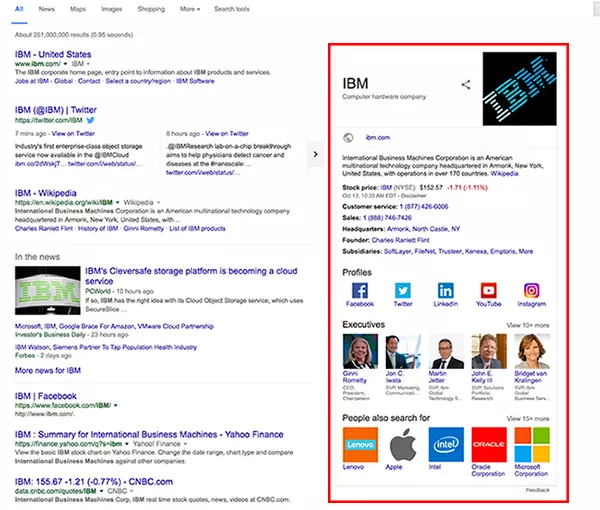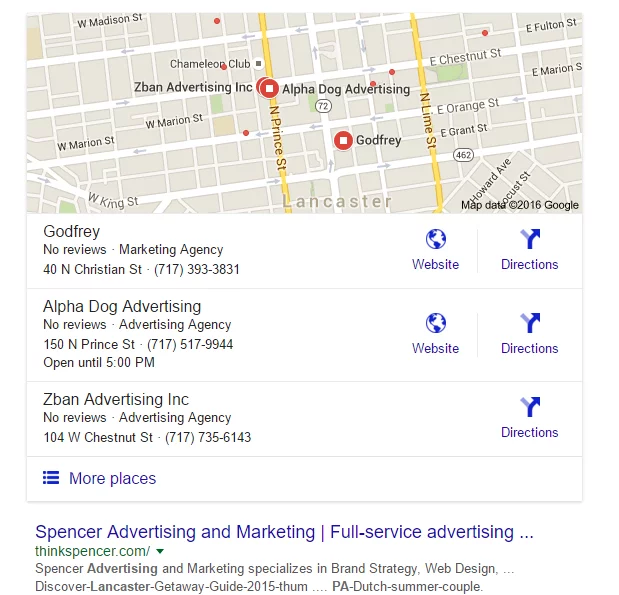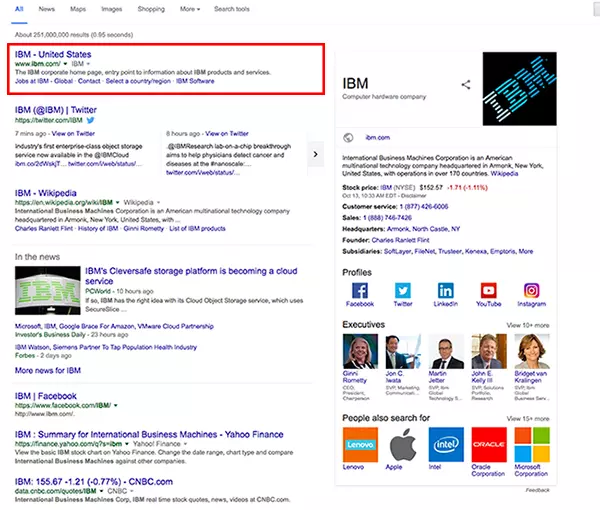Scheming Around Schema: Using Structured Data to Enhance Search Results

Here are seven ways you can implement schema to enhance Google search results, providing an advantage over the competition.
Search engines are now widely accepted as an essential component of the consumer purchasing path, both in brick-and-mortar retail and e-commerce. Search engines have become such an ubiquitous part of the buyer’s journey that even B2B buyers have adopted their use as common practice. According to a 2014 study by Accenture, more than 90% of B2B buyers research their purchases online prior to buying. This new reality shows that it’s no longer just sound digital marketing strategy to have a website optimized for search, it is an essential business practice.
Your website may feature breathtaking imagery and industry-driving information, but if search engines have difficulty reading it, you can be confident that it won’t be ranking very high. Fortunately, most major search engines use something called “structured data” to ensure that search engines are quickly able to find and understand your content in order to provide the best search results possible.
While there are multiple types of structured data available to enhance a web page, we will focus on arguably the most widely used markup: schema. Schema is applied as tags into your site’s HTML or sitemap. It improves the way your page displays in search engine results by enhancing the information that is displayed beneath the linked page title.
These enhancements are known as rich snippets. They come in the form of small thumbnail images, ratings, number of reviews, site search bars, etc. According to a study conducted by searchengineland.com, in addition to making your web pages more visible, schema actually leads to a 30 percent increase in your site’s click-through rate.
Basically, if you want your web content to be found, you’re going to need to get better at formatting and coding it. If code is not your thing, fear not: Google has created tools like its Structured Data Markup Helper and Structured Data Testing Tool. With practice and a handy cheat sheet (like this trusty schema hierarchy reference from schema.org), you can increase your knowledge of marking up your content and potentially see a big boost in traffic.
Here are seven ways you can implement schema to enhance Google search results, providing an advantage over the competition.
1. Get into Google’s Knowledge Graph.Increase your visibility and presence on the search page by placing schema around data such as current logos, contact numbers, reviews and social profile links.

2. Get your organization’s address and contact information in the results with LocalBusiness schema markup. This provides a pseudo call-to-action directly on the search results and brings the user one step closer to converting without even visiting your site.

3. Event schema markup around your webinars, user conferences/roadshows and any other events with specific time and location information can allow that data to show up directly in the search results.

4. Site search functionality schema allows the internal search engine for a website to be accessed directly from the search results, giving the user the opportunity to find exactly what they want from your website.

5. Product and offer schema help integrate rich snippets into the search results to attract potential buyers. This keeps your product information and pricing accurate, as it is specific to e-commerce catalog information.

6. Breadcrumb schema indicates a page’s site hierarchy to search engines and allows users to navigate the hierarchy one level at a time. The search engines now show breadcrumb information as opposed to a single URL in search results, and the markup can push this styling to desktop as well.

7. Image and video markups allow search engines to better understand media assets found on the web page, presenting users with a varied multimedia experience.

Of course, schema is only one type of structured data; we could spend another entire post discussing the OpenGraph Protocol for social media content sharing, but that is another story for another time.
Sign Up for our Newsletter - Get agency updates, industry trends and valuable resources delivered directly to you.
Godfrey Team
Godfrey helps complex B2B industries tell their stories in ways that delight their customers.




